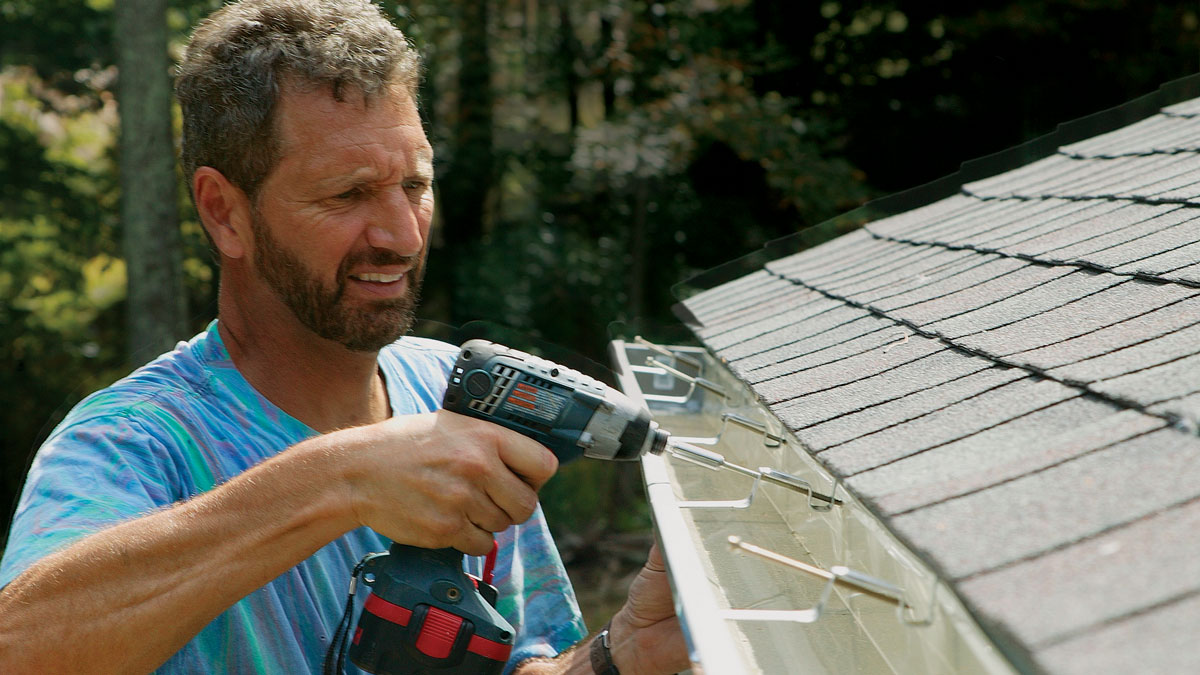

Articles
What Do I Need To Install Rain Gutters
Modified: February 17, 2024
Learn what you need to install rain gutters with our informative articles. Find step-by-step guides and expert tips to ensure a successful installation.
(Many of the links in this article redirect to a specific reviewed product. Your purchase of these products through affiliate links helps to generate commission for Storables.com, at no extra cost. Learn more)
Introduction
Welcome to our comprehensive guide on installing rain gutters. If you are a homeowner, you know how important it is to protect your property from the damaging effects of water. Rain gutters play a crucial role in preventing water from accumulating on your roof and foundation, saving you from potential costly repairs in the long run.
In this article, we will walk you through the step-by-step process of installing rain gutters. Whether you are a seasoned DIY enthusiast or a beginner, we have got you covered. By following these instructions, you can ensure that your rain gutters are properly installed and functioning optimally.
Before we dive into the installation process, let’s take a look at some of the key benefits of having rain gutters.
Key Takeaways:
- Properly installed rain gutters offer a range of benefits, including protection from water damage, prevention of basement flooding, preservation of landscaping, and minimization of insect infestations. By directing rainwater away from the foundation, you can safeguard your home.
- Regular maintenance, including cleaning, inspecting for damage, and maintaining downspouts, is crucial for prolonging the life and performance of your rain gutter system. By prioritizing upkeep, you can protect your home from water-related issues and ensure a safe living environment.
Read more: What Size Gutters Do I Need
Benefits of Installing Rain Gutters
1. Protection from water damage: Rain gutters redirect water away from your home’s foundation, preventing erosion and potential structural damage.
2. Prevention of basement flooding: Properly installed rain gutters help keep water away from the foundation, reducing the risk of water seeping into your basement.
3. Maintenance of landscaping: Without rain gutters, water pouring off the roof can damage your plants, flower beds, and landscaping. Gutters channel water to specific areas, keeping your yard protected.
4. Preservation of siding and exterior walls: Rainwater constantly dripping down the exterior walls can cause damage to your siding and contribute to mold and mildew growth. Gutters prevent this by diverting water away from the walls.
5. Prevention of soil erosion: Rainwater flowing off the roof without gutters can erode the soil around your home, leading to uneven landscapes and potential drainage issues.
Now that you understand the importance of rain gutters, let’s move on to the tools and materials you will need for the installation process.
Key Takeaways:
- Properly installed rain gutters offer a range of benefits, including protection from water damage, prevention of basement flooding, preservation of landscaping, and minimization of insect infestations. By directing rainwater away from the foundation, you can safeguard your home.
- Regular maintenance, including cleaning, inspecting for damage, and maintaining downspouts, is crucial for prolonging the life and performance of your rain gutter system. By prioritizing upkeep, you can protect your home from water-related issues and ensure a safe living environment.
Read more: What Size Gutters Do I Need
Benefits of Installing Rain Gutters
Installing rain gutters on your home offers a range of benefits that go beyond simply preventing water damage. Here are some of the key advantages of having rain gutters:
- Protection from water damage: One of the primary functions of rain gutters is to direct water away from your home’s foundation. Without gutters, rainwater can accumulate around the base of your home, leading to moisture issues, foundation cracks, and potential structural damage. By installing gutters, you can prevent costly repairs in the future.
- Maintaining landscaping: Rain gutters help protect your landscaping and garden beds from excess water runoff. Without gutters, rainwater can erode the soil, wash away mulch, and damage delicate plants. By channeling water away from these areas, you can preserve the beauty and health of your outdoor spaces.
- Prevention of basement flooding: If you have a basement, installing rain gutters is crucial for preventing water seepage and flooding. Gutters collect rainwater and direct it away from the foundation, reducing the risk of water infiltration. This can save you from the costly and stressful experience of dealing with a flooded basement.
- Preserving siding and exterior walls: Rainwater can cause significant damage to your home’s siding and exterior walls if it is not properly managed. Without gutters, water cascades down the exterior, leading to rotting, warping, and mold growth. By installing gutters, you can keep the walls dry and intact, extending their lifespan and maintaining the aesthetics of your home.
- Prevention of soil erosion: The water runoff from heavy rainstorms can create havoc in your yard, causing soil erosion and creating uneven surfaces. Rain gutters collect and channel water away from sensitive areas, preventing soil erosion and maintaining the integrity of your landscape.
- Minimizing insect infestations: Stagnant water in and around your home can attract mosquitoes, termites, and other insects. By diverting rainwater away from your foundation, gutters help reduce the presence of standing water, minimizing the risk of insect infestations.
- Preserving the longevity of your roof: Excessive water runoff can damage your roof over time, leading to leaks, shingle deterioration, and other issues. Gutters collect rainwater and prevent it from pooling on the roof, extending the lifespan of your roofing system.
By installing rain gutters on your home, you can enjoy these benefits and safeguard your property from water-related issues. Now that you understand the advantages, let’s move on to the tools and materials required for the installation process.
Tools and Materials Required
Before you begin the installation process, it’s important to gather all the necessary tools and materials. Here’s a list of what you’ll need:
Tools:
- Tape measure
- Ladder or scaffolding
- Chalk line
- Hacksaw or tin snips
- Power drill
- Riveting tool or screws and a drill driver
- Caulking gun
- Screwdriver
- Level
- Pliers
- Wire brush
Read more: How To Install Rain Gutters On Mobile Home
Materials:
- Rain gutters and downspouts
- Gutter hangers and brackets
- Gutter end caps
- Gutter outlets
- Gutter screws or rivets
- Gutter sealant or caulk
- Downspout elbows and extensions
- Rain gutter screens or guards (optional for debris protection)
Make sure to gather all the tools and materials listed above before you begin the installation. This will help ensure a smooth and uninterrupted process.
Next, we’ll dive into the step-by-step process of installing rain gutters. Remember to follow the instructions carefully, and if you feel uncomfortable or unsure about any step, consult a professional or seek assistance.
Step 1: Measuring and Planning
Before you start installing rain gutters, it’s essential to accurately measure and plan the layout. This step will ensure that you have the right amount of materials and that the gutters are properly aligned.
Here’s how to measure and plan for your rain gutters:
- Measure the roofline: Use a tape measure to determine the length of the roof edge where you plan to install the gutter system. This will help you calculate the amount of gutter material needed.
- Determine the gutter slope: Gutters need to be slightly sloped to ensure proper drainage. A slope of at least ¼ inch per 10 feet of gutter length is recommended. Use a level and a chalk line to mark the slope line along the fascia board.
- Locate downspout placement: Determine where you want to position the downspouts. Ideally, they should be placed at each end of the gutter run and spaced no more than 40 feet apart for optimal water flow.
- Consider outlets and corners: Plan for gutter outlets at appropriate intervals to guide water into the downspouts. Take note of any corners or angles in the gutter run and plan for the necessary components.
- Check for obstructions: Inspect the roofline for any obstructions such as vents, chimneys, or electrical fixtures. Make sure to plan the gutter layout accordingly, allowing for adequate clearance around these obstacles.
- Double-check measurements: Once you have completed the initial measurements and planning, double-check your numbers and ensure all measurements are accurate. This will help avoid any costly mistakes or material shortages.
By taking the time to measure and plan your rain gutter installation, you will ensure a smoother process and a more efficient gutter system. In the next step, we will guide you through choosing the right gutters for your home.
Step 2: Choosing the Gutters
When it comes to selecting gutters for your rain gutter installation, there are a few factors to consider. The right gutters will not only complement the architectural style of your home but also effectively handle the rainfall in your area. Here’s how to choose the right gutters:
Read more: How To Install Rain-Go Gutters on Video
1. Material:
Gutters are available in different materials, each with its own set of advantages and considerations:
- Aluminum: Lightweight, rust-resistant, and durable. Aluminum gutters are the most popular choice for residential use due to their affordability and easy installation.
- Vinyl: Budget-friendly and low-maintenance. Vinyl gutters are lightweight and resistant to denting, but they may become brittle over time in extreme cold weather.
- Steel: Strong and durable. Steel gutters are typically used in commercial or industrial settings and can withstand harsh weather conditions.
- Copper: High-end and aesthetically pleasing. Copper gutters offer a timeless look and excellent durability, but they come with a higher price tag.
2. Size:
Gutters come in different sizes, typically ranging from 4 to 6 inches in width. The size you choose should be based on the average rainfall in your area. Consult local building codes or seek professional advice to determine the appropriate gutter size for your home.
3. Style:
Gutters are available in various styles, including K-style, half-round, and box gutters. Consider the architectural style of your home and choose a gutter style that complements it while providing adequate water flow.
4. Color:
Choose a gutter color that matches or complements your home’s exterior. Many manufacturers offer a wide range of color options to suit different tastes and preferences.
Remember to consider your budget, maintenance requirements, and local climate when choosing the right gutters for your rain gutter installation. In the next step, we will discuss gathering additional components needed for the installation process.
Read more: How Do Rain Chains Work Without Gutters
Step 3: Gathering Additional Components
Once you have chosen the gutters for your rain gutter installation, it’s time to gather the additional components that will be needed to complete the project. These components are essential for ensuring that your gutter system functions properly and efficiently.
Here are the additional components you will need:
1. Gutter Hangers or Brackets: These are used to secure the gutters to the fascia board or roofline. Choose hangers or brackets that are compatible with the type of gutters you have selected.
2. Gutter End Caps: These caps are installed at the end of each gutter section to prevent water from flowing out. Make sure to choose end caps that fit the size and style of your gutters.
3. Gutter Outlets: These are the connectors that allow the downspouts to be attached to the gutters. Select outlets that match the size and style of your gutters.
4. Gutter Screws or Rivets: These fasteners are used to secure the gutters and other components together. Choose screws or rivets that are appropriate for the material of your gutters.
5. Gutter Sealant or Caulk: This is used to seal joints and connections to prevent leaks. Choose a sealant or caulk that is specifically designed for outdoor use and is compatible with your gutter material.
6. Downspout Elbows and Extensions: These components are used to redirect water from the gutters to a suitable drainage area. Select elbows and extensions that are compatible with the size and style of your downspouts.
7. Rain Gutter Screens or Guards (optional): These accessories can help prevent debris from clogging your gutters. Consider installing screens or guards if you live in an area with a lot of trees or if you frequently experience debris buildup in your gutters.
Before starting the installation process, ensure that you have gathered all the necessary components listed above. Having everything on hand will make the installation smoother and more efficient.
In the next step, we will guide you through the process of preparing the gutters for installation.
Step 4: Preparing the Gutters
Before you can install the gutters, it’s important to properly prepare them to ensure a secure and functional installation. In this step, we will guide you through the process of preparing the gutters.
Here’s how to prepare the gutters:
1. Cut the gutters: Using a hacksaw or tin snips, cut the gutters to the appropriate length based on your measurements. Make sure to wear safety gloves and goggles during this step to protect yourself from sharp edges.
2. Deburr the cut edges: After cutting the gutters, use a wire brush to remove any burrs or sharp edges. This will help prevent injuries and ensure a smooth installation.
3. Attach end caps: Attach the end caps to the respective ends of the gutters. Apply a bead of gutter sealant or caulk to the inside of the end caps before securing them in place. This will create a watertight seal.
4. Create outlet holes: Using a drill or a hole punch tool, create outlet holes in the gutter at the appropriate locations where the downspouts will connect. Ensure that the holes are slightly smaller than the size of the outlets to ensure a snug fit.
5. Install gutter hangers or brackets: Depending on the type of gutter hangers or brackets you have chosen, follow the manufacturer’s instructions to install them along the roofline or fascia board. Make sure they are evenly spaced and securely attached.
6. Attach gutter sections: Begin by positioning the first gutter section in place, aligning it with the slope line and the outlet hole. Secure the gutter section to the hangers or brackets using screws or rivets according to the manufacturer’s instructions. Repeat this process for the remaining gutter sections.
7. Connect gutter sections: Ensure that the gutter sections are securely connected by overlapping the ends. Use screws or rivets to fasten them together, ensuring a tight and sturdy connection. Apply gutter sealant or caulk to the joints for added waterproofing.
By properly preparing the gutters, you will ensure a solid foundation for the installation process. In the next step, we will guide you through the process of installing downspouts.
Read more: When Do Gutters Need To Be Replaced
Step 5: Installing Downspouts
Now that your gutters are prepared and in place, it’s time to install the downspouts. Downspouts are an essential component of your rain gutter system as they direct water from the gutters to the ground or a suitable drainage area.
Here’s how to install downspouts:
1. Position the downspout outlets: Locate the predetermined positions where the downspout outlets will connect to the gutters. Ensure that they are placed at appropriate intervals and align with the gutter outlet holes.
2. Attach the downspout outlets: Connect the downspout outlets to the gutter outlet holes using screws or rivets according to the manufacturer’s instructions. Make sure the connections are secure and watertight.
3. Measure the downspout length: Determine the length of the downspout needed to extend from the outlet to the desired drainage area. Use a tape measure to measure the distance and mark the length on the downspout.
4. Cut the downspout: Using a hacksaw or tin snips, cut the downspout to the measured length. Ensure that you have clean, straight edges for a proper fit.
5. Attach elbows and extensions: If necessary, attach downspout elbows to redirect the flow of water as needed. You may also need to attach downspout extensions to reach the desired drainage area. Secure the elbows and extensions using screws or rivets.
6. Connect the downspout sections: Assemble the downspout sections by sliding them together. Use screws or rivets to secure the connections, ensuring they are tight and secure.
7. Attach the downspout to the wall: Position the downspout against the exterior wall, aligning it with the outlet and desired drainage area. Use screws or brackets to attach the downspout to the wall, ensuring that it is securely fastened.
8. Direct the water flow: Ensure that the bottom of the downspout is directed towards the appropriate drainage area to prevent water from pooling near the foundation of your home.
By following these steps, you will be able to install the downspouts and complete the functionality of your rain gutter system. In the next step, we will discuss securing the gutters in place.
Step 6: Securing the Gutters
Once the gutters and downspouts are installed, it’s essential to secure them in place to ensure their stability and longevity. This step will help prevent any potential damage or displacement caused by heavy rain or strong winds. Here’s how to secure your gutters:
1. Check gutter alignment:
Before securing the gutters, ensure that they are properly aligned and have the correct slope for optimal water flow. Use a level to double-check if the gutters are even and adjust as needed.
Read more: How To Fix Overflowing Rain Gutters
2. Install additional hangers or brackets:
If your gutter runs are longer than 40 feet or if there are any noticeable dips or sagging, it’s recommended to install additional gutter hangers or brackets for added support. Space them evenly along the gutter run, following the manufacturer’s guidelines.
3. Secure gutters to hangers or brackets:
Using screws or rivets, secure the gutters to the hangers or brackets. Make sure to drive the screws or install the rivets at the designated spots provided by the manufacturer. This will ensure that the gutters are firmly attached to the support system.
4. Apply sealant or caulk:
Inspect all joints and connections in the gutter system. Apply gutter sealant or caulk to any gaps or areas that may require additional waterproofing. This will help prevent water leakage and maintain the integrity of the gutters.
5. Test for proper drainage:
Once the gutters are secured, test the system by running water through them. Check for any leaks, blockages, or misalignments. Make any necessary adjustments or repairs to ensure proper drainage and functionality.
Securing the gutters is crucial for their long-term performance and the protection of your home. In the next step, we will discuss testing and ongoing maintenance of your rain gutter system.
Step 7: Testing and Maintenance
After completing the installation of your rain gutter system, it’s important to properly test it and establish a routine maintenance plan to ensure its ongoing effectiveness. Regular maintenance will help prevent issues such as clogs, leaks, and damage. Here’s what you need to do:
1. Test the gutter system:
Run water through the gutters to test the flow and drainage. Check for any leaks, overflow, or pooling water. Make sure the downspouts are directing the water away from the foundation of your home. Adjust any misalignments or obstructions that you may identify during the testing process.
2. Clean the gutters:
Regularly clean the gutters to remove any debris such as leaves, twigs, and dirt. Clogged gutters can lead to water backup and damage. Use a gutter scoop or a pressure washer to clear out any debris. Be cautious when working at heights and consider using safety equipment such as a sturdy ladder or harness.
3. Inspect for damage:
Perform regular inspections of your gutter system, especially after severe weather events. Look for signs of damage, such as loose or detached gutters, cracked or broken components, or rust. Address any issues immediately to prevent further damage and ensure the proper functioning of the system.
Read more: What Firmness Mattress Do I Need
4. Maintain the downspouts:
Check the downspouts for any clogs or obstructions. Use a plumber’s snake or a pressure washer to clear any blockages. Ensure that the downspouts are securely attached to the gutters and the wall. Consider installing downspout extensions to direct the water away from the foundation and prevent erosion.
5. Trim nearby trees:
If you have trees near your home, regularly trim branches that overhang or may potentially fall on the roof and gutters. This will help prevent damage to the gutter system and reduce the likelihood of debris accumulation.
6. Schedule professional maintenance:
Consider hiring a professional to perform an annual or bi-annual inspection and maintenance of your rain gutter system. They can identify any potential issues and provide necessary repairs or adjustments to ensure its optimal performance.
By testing and maintaining your rain gutter system regularly, you can prolong its lifespan and ensure effective functioning in diverting water away from your home. This will help protect your property from potential water damage and avoid costly repairs in the future.
Congratulations on completing the installation and maintenance process for your rain gutters! By following these steps, you have taken an important step towards safeguarding your home. Remember to prioritize regular maintenance to keep your gutters in top shape.
Conclusion
Installing rain gutters is a crucial step in protecting your home from water damage and preserving its structural integrity. By following the step-by-step process outlined in this guide, you have learned how to measure and plan, choose the right gutters, gather necessary materials, prepare the gutters, install downspouts, secure the gutters, and perform testing and maintenance.
Properly installed and maintained rain gutters provide numerous benefits, including protection from water damage, prevention of basement flooding, preservation of landscaping, maintenance of siding and exterior walls, prevention of soil erosion, and minimization of insect infestations. By directing rainwater away from your home’s foundation, you can enjoy a dry and secure living space.
Remember to choose gutters that are suitable for your home in terms of material, size, style, and color. Take the time to accurately measure and plan the layout to ensure optimal functionality. Gather all the necessary tools and materials before starting the installation process, and prepare the gutters by cutting, deburring, attaching end caps, and creating outlet holes.
Installing downspouts is the next step, followed by securing the gutters with hangers or brackets, and applying sealant or caulk to ensure watertight connections. Testing the system and performing regular maintenance, including cleaning the gutters, inspecting for damage, maintaining the downspouts, and trimming nearby trees, are all important tasks to prolong the life and performance of your rain gutter system.
By following these steps and staying committed to maintaining your rain gutters, you can protect your home from the damaging effects of water, maintaining its value and ensuring a safe living environment for years to come.
Remember, if you’re ever unsure or uncomfortable with any step of the installation or maintenance process, it’s always best to consult a professional for assistance. They can provide expert guidance and ensure the job is done correctly.
Congratulations on completing the installation of your rain gutters! With your new knowledge and the proper maintenance routine, you can enjoy the benefits of a well-protected home.
Frequently Asked Questions about What Do I Need To Install Rain Gutters
Was this page helpful?
At Storables.com, we guarantee accurate and reliable information. Our content, validated by Expert Board Contributors, is crafted following stringent Editorial Policies. We're committed to providing you with well-researched, expert-backed insights for all your informational needs.


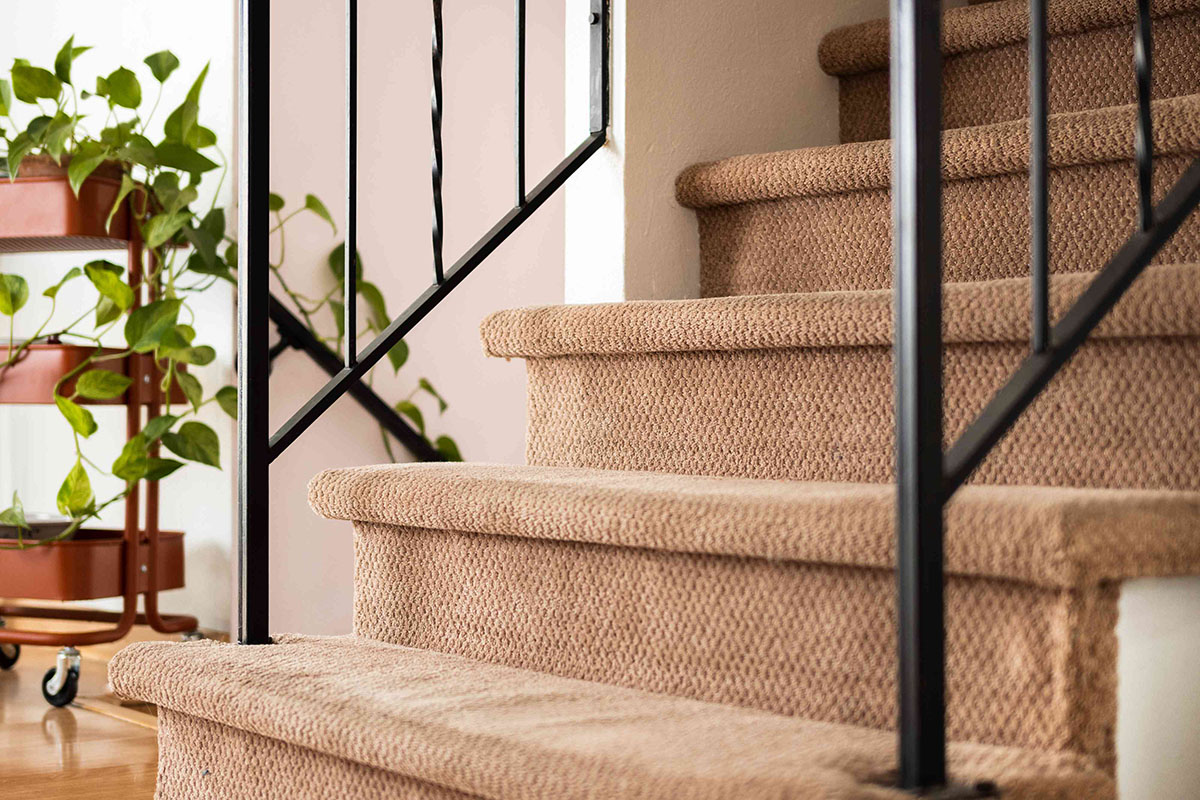

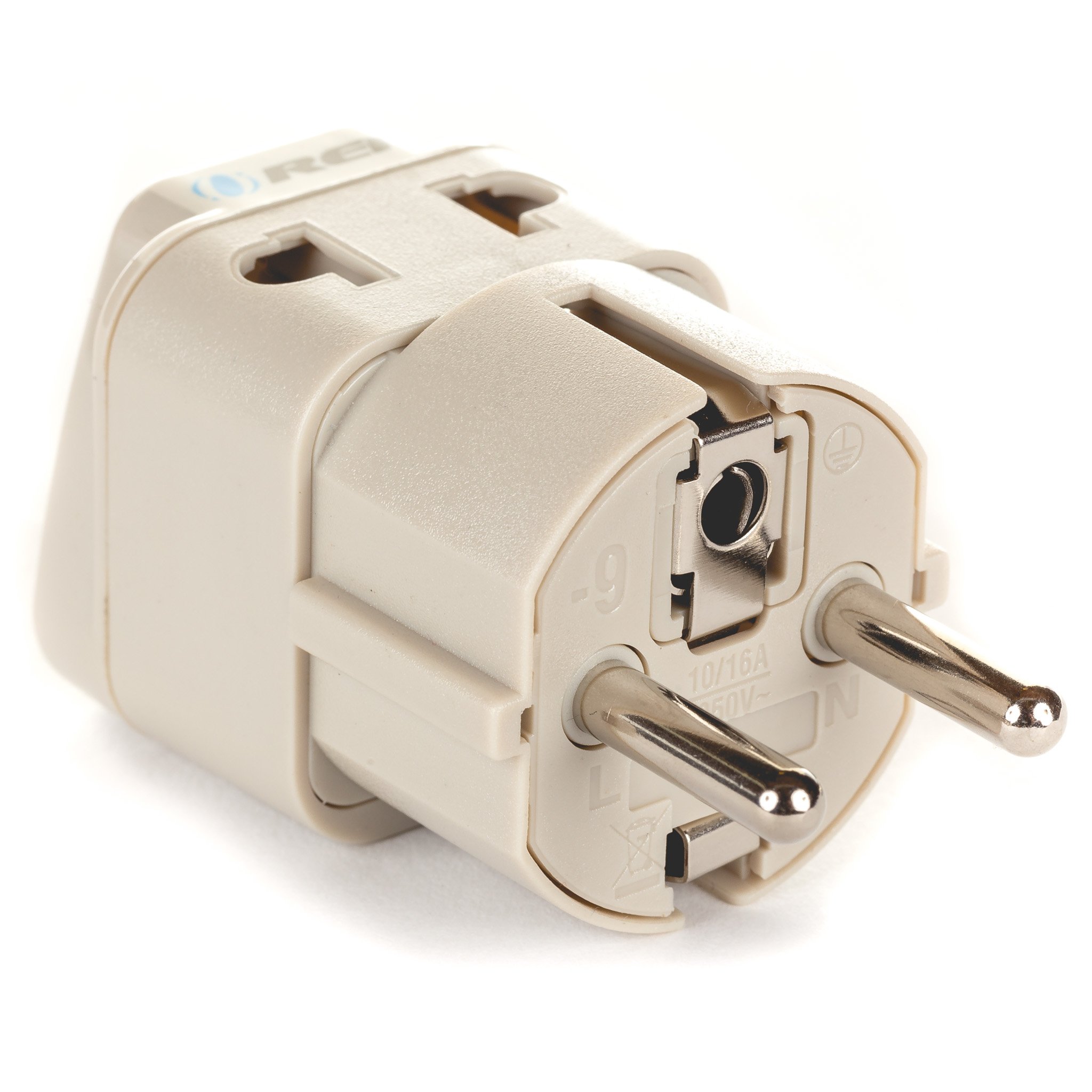
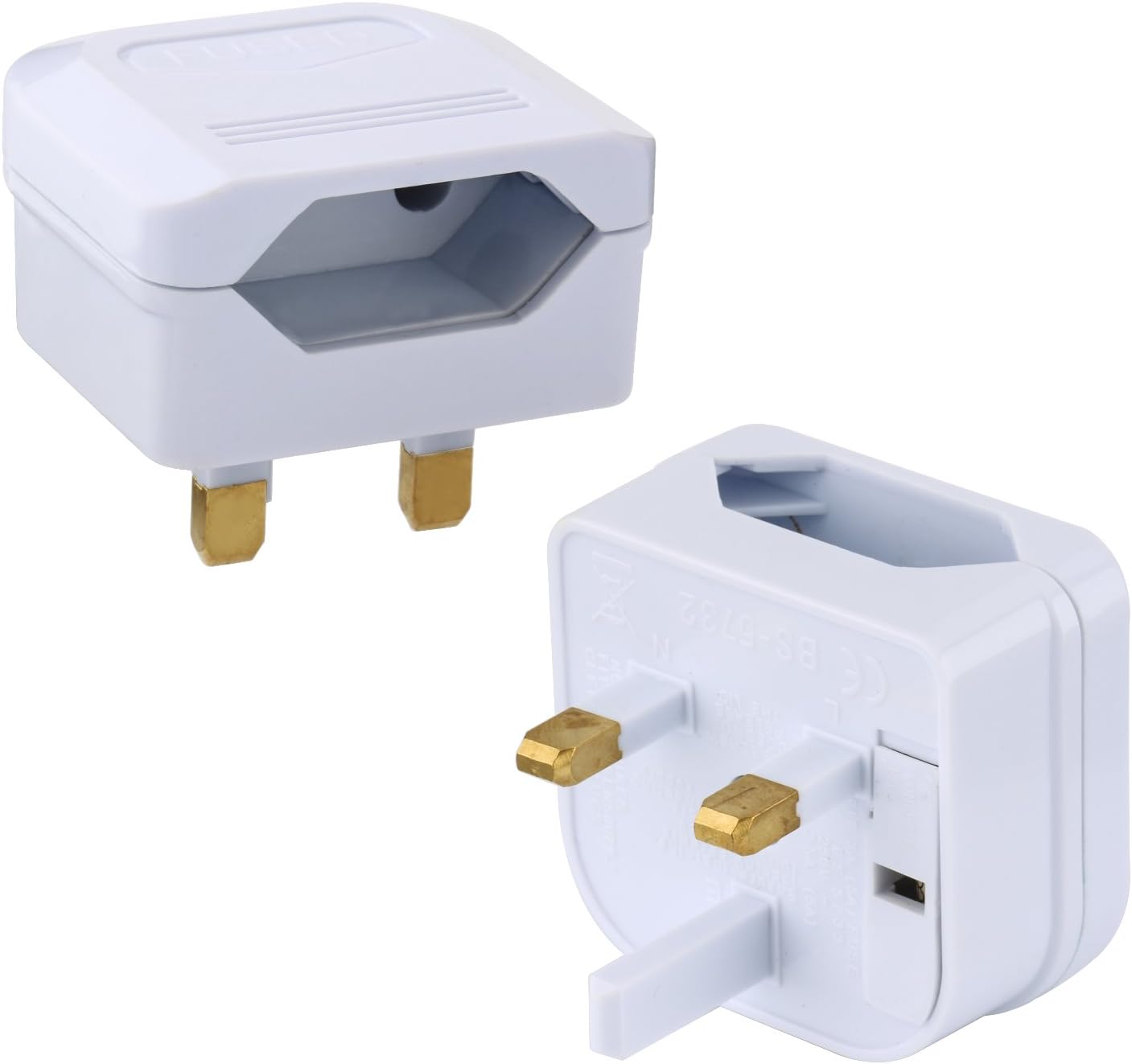
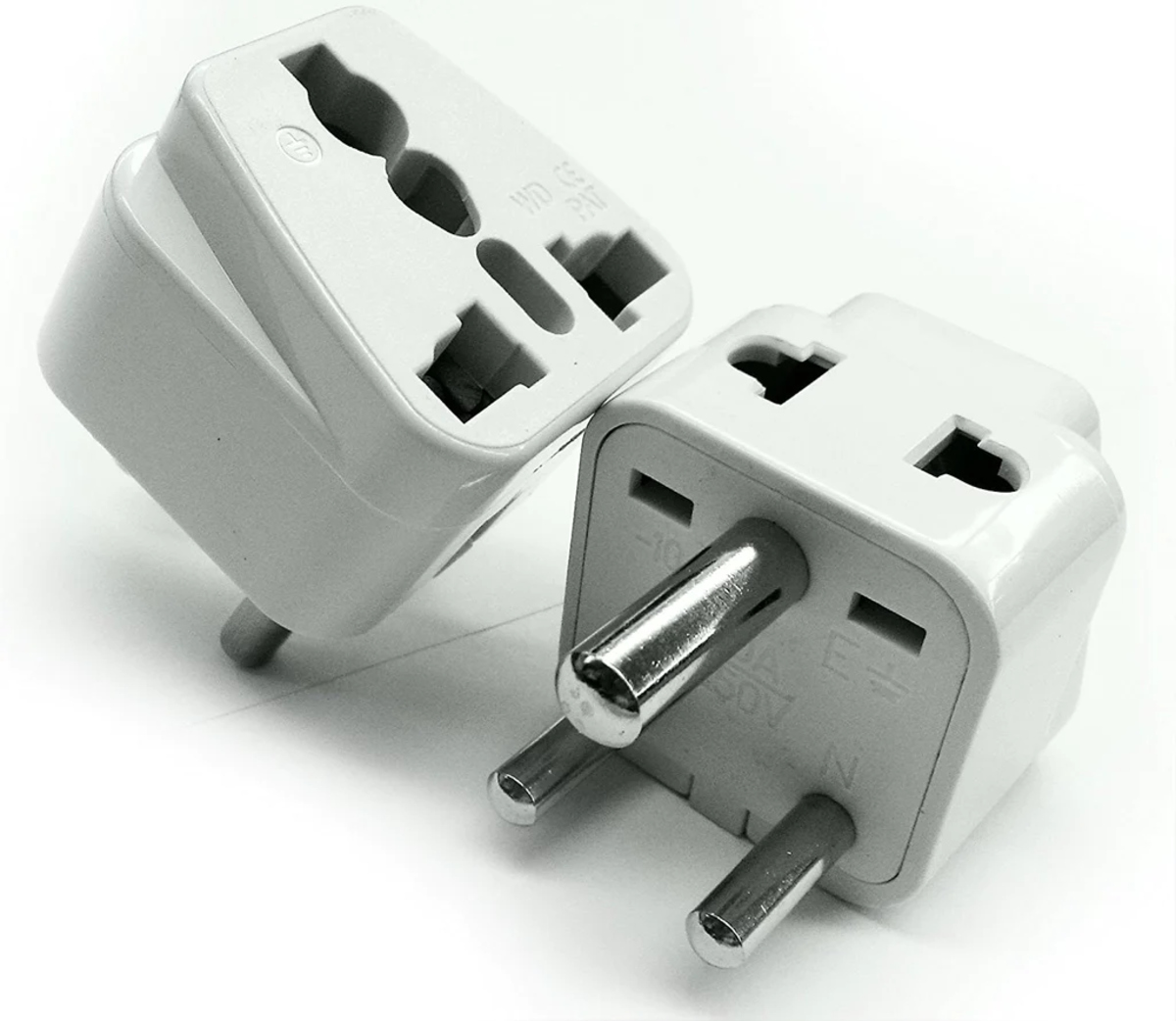


0 thoughts on “What Do I Need To Install Rain Gutters”